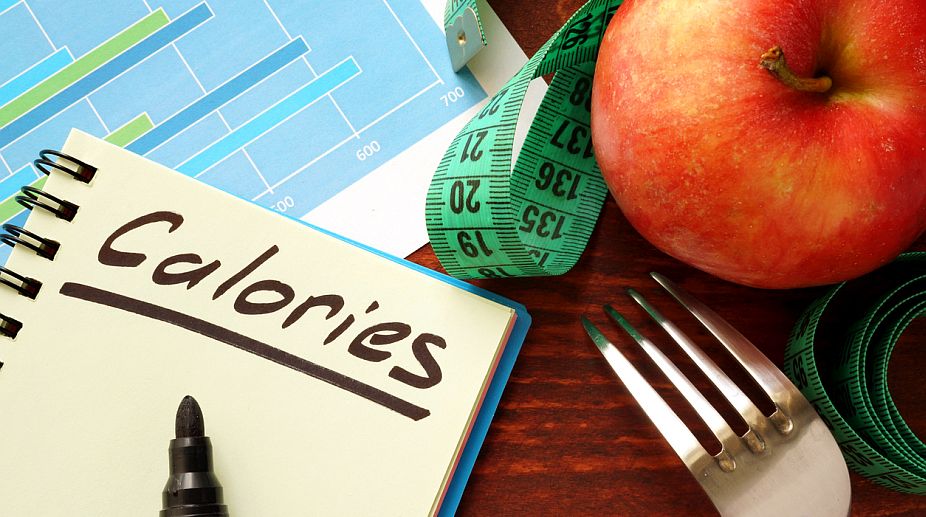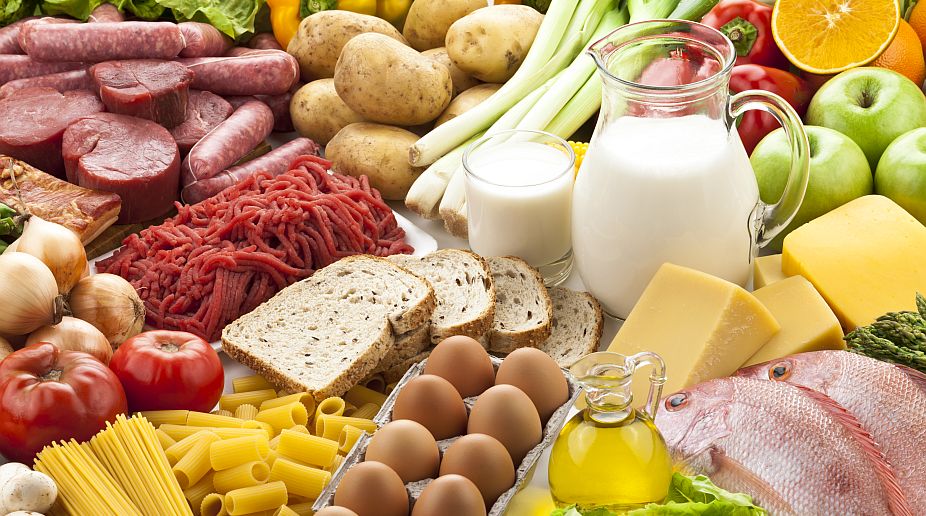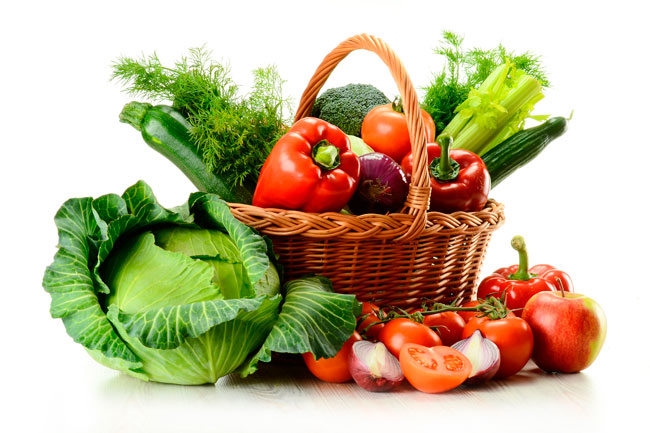Patanjali foot care: DIY Ayurvedic solutions
Discover effective DIY Ayurvedic foot care solutions from Patanjali for revitalized, healthy feet. Explore natural remedies and products for soft, supple soles.
Check the ingredients mentioned on the list so that you can get an idea what components go into the processing of the food.

Calories (Photo Source: Getty Images)
Check the ingredients mentioned on the list so that you can get an idea what components go into the processing of the food.
Nutritional fact labels are your guide to key information regarding the list of ingredients, the number of nutrients and their quantity that a particular packaged food item contains. It also offers the easiest way to choose foods with least sodium, saturated fats, added sugars and more of vital nutrients like dietary fiber, protein, calcium, iron, vitamins and minerals. This section is primarily intended to help you to make the best choice while comparing similar products of different brands.
The ingredient list is a significant part of the label. Ingredients are mentioned on the list so that you can get an idea what components go into the processing of the food. Also note that ingredients listed first, second, or third on a food package; they probably contain a lot of calories. While the food mentioned at the end of the list comprise a smaller proportion of calories.
Advertisement

Always keep these points in mind while checking the ingredient lists along with nutritional fact labels to make healthy and wise choices. Restrict foods that contain sugar in the first two to three ingredients as it means, it’s very high in sugar content. Moreover, sugar is found in many forms and represented under different names like high fructose corn syrup, sucrose, glucose or corn syrup. So, beware and choose well”.
Explore better ways to choose the healthier versions of food by considering a few key pointers-
1. Start with serving size: The nutritional label always mentions a serving size, which denotes the amount of food per cup or meal. The serving sizes help to get an insight into your portion sizes or how much they’re eating. For instance, if you’re eating 10 pretzels, that would be counted as two servings. Double the serving, double the intake of calories and other nutrients.

2. Keep a tab on the calories: Calories in food comes from protein, fat or carbohydrate. So, pay attention to the calorie count since eating more calories than your body makes use of, increases the chances of weight gain.
General Calorie Guide
Low- 40 Calories
Moderate- 100 Calories
High- 400 Calories or more
3. Limit these unhealthy fats: Consuming too much of trans fats, saturated fats, cholesterol, and sodium increase the risk of heart disease and high blood pressure. So, consider limiting the intake of sodium and saturated fats by seven per cent while prohibiting the consumption of trans fats. However, there are some healthy fats too such as monounsaturated and polyunsaturated fat which are good for the body and are needed to cut cholesterol and other problems. Do not cut back on these fats.

4. Pick foods with enough of these nutrients: Stick to the nutrients required by your body and look for:

Advertisement